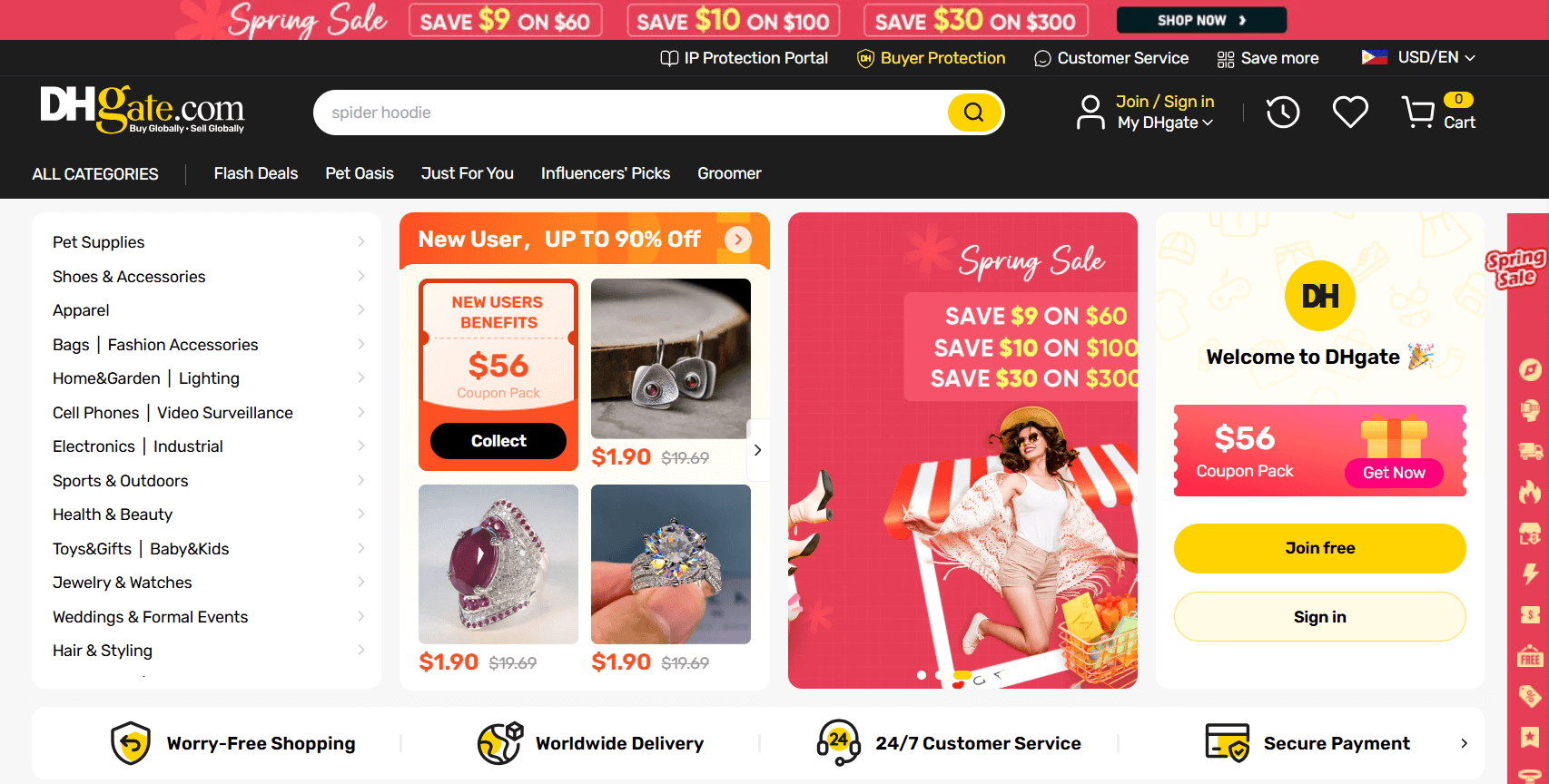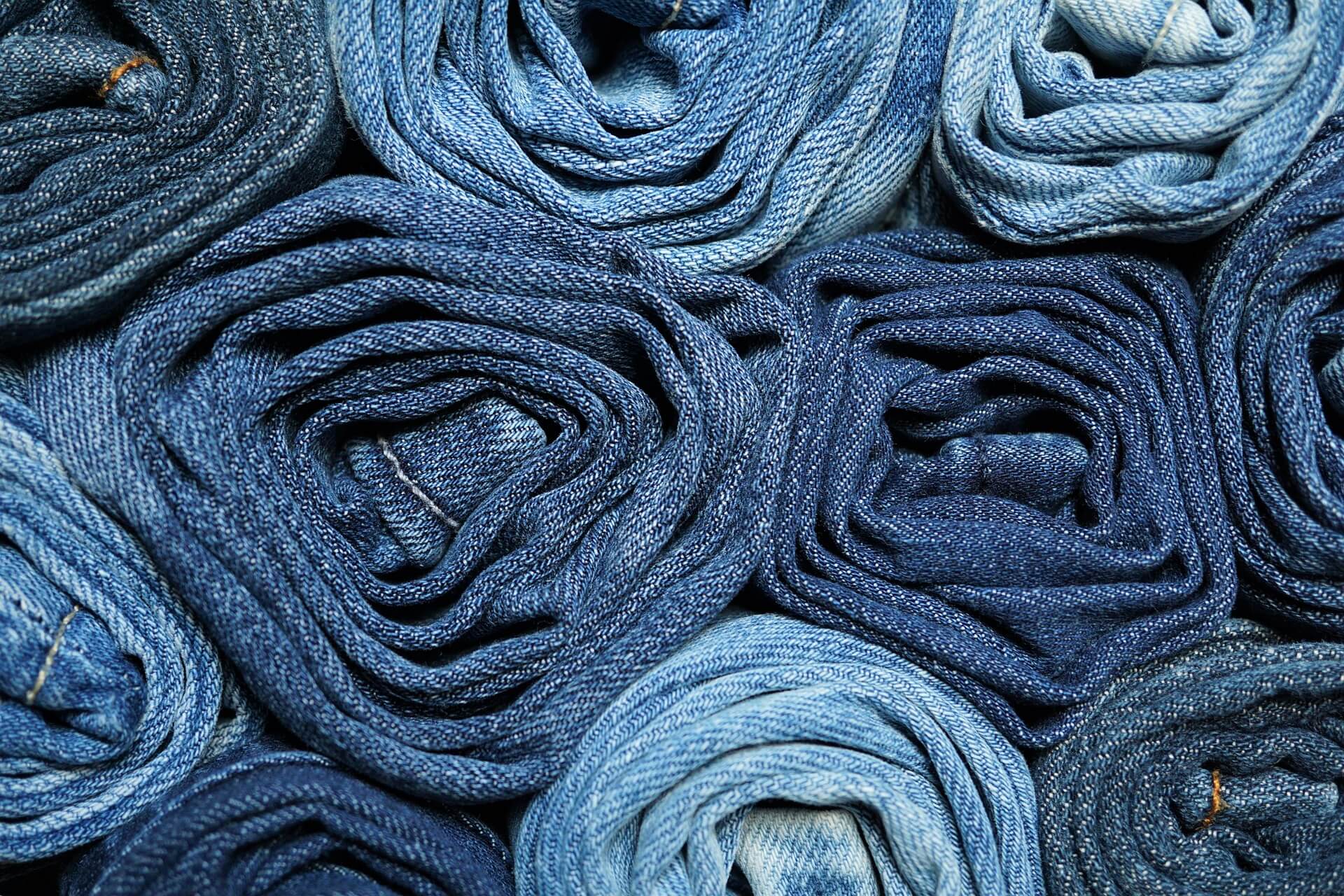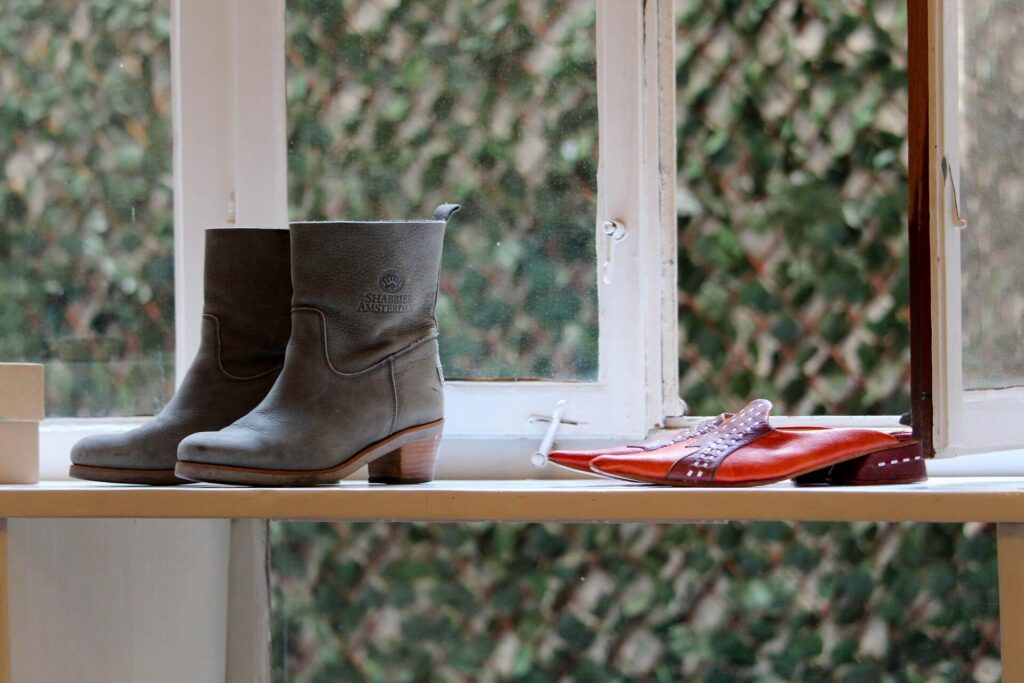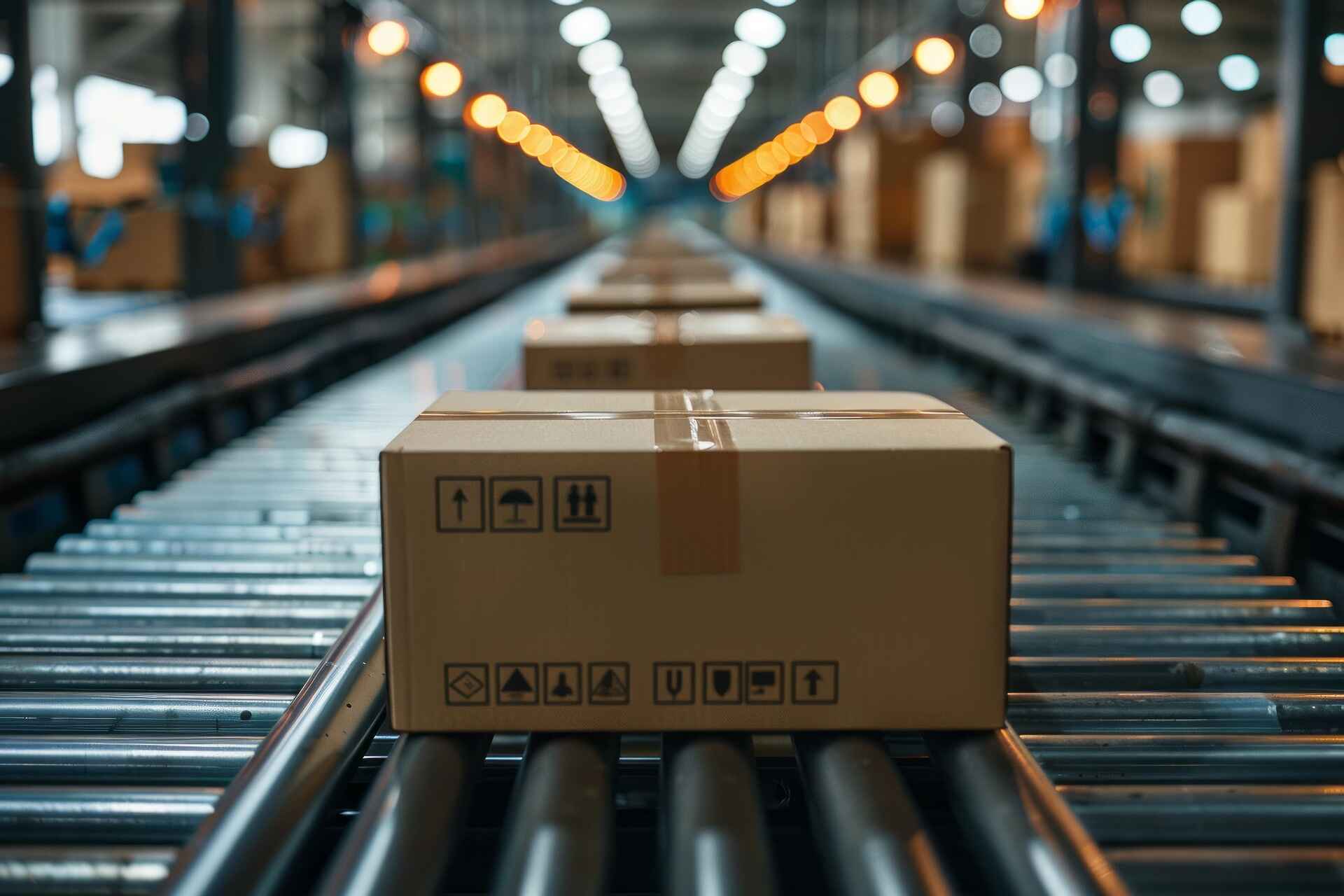Sourcing products from outside the US has never been easier, thanks to e-commerce platforms like Alibaba, Global Sources, and AliExpress.
In fact, there are now over 40 platforms that connect buyers with suppliers in China and nearby countries, which means plenty of options to explore if you’re looking for profitable products to sell online.
One of the fastest-growing platforms—and quickly becoming a serious rival to Alibaba—is DHGate.
-
DHGate is a beginner-friendly sourcing platform that allows small quantity orders, making it ideal for new or budget-conscious online sellers.
-
While DHGate offers legit unbranded products, it’s also known for counterfeit listings, so doing your research is essential.
-
Always check seller ratings, reviews, and ask for real product photos to avoid scams or poor-quality items.
-
If you’re selling on Amazon or other major platforms, make sure your DHGate-sourced products meet all legal and safety regulations.
-
Start with small test orders, use DHGate’s escrow payment system, and communicate clearly with sellers to protect yourself.
I first stumbled across it a few years ago while trying to figure out if the shoes my brother bought me were legit. At the time, I read that some of the products on DHGate were knockoffs of big-name brands, so I began to wonder if it was safe to source products there.
After being asked the question “Is DHGate legit?” several times, I succumbed and did some digging, and here’s what I found out—yes, some products on DHGate are knockoffs. In fact, it’s so well known that many sellers no longer even try to hide it.
Let’s keep in mind that DHGate is a marketplace, not a direct seller. That means thousands of individual vendors are listing products, and while many of them are legitimate manufacturers or wholesalers, others are not.
Some sellers offer fake or imitation versions of popular brand-name items—think Apple AirPods, Nike shoes, Louis Vuitton bags, and other designer goods—at prices that seem too good to be true… because they usually are.
In fact, the Office of the United States Trade Representative (USTR) has flagged DHGate multiple times in its “Notorious Markets List,” which highlights platforms where counterfeit or pirated goods are widespread.
According to the 2022 USTR report, buyers frequently reported receiving products that were “counterfeit, substandard, or not as advertised.” That report specifically mentioned concerns over intellectual property rights violations and knockoffs sold as the real deal.
That said, not all products on DHGate are fake. The platform also features a large number of legitimate, unbranded, or private-label products.
Many Amazon and Shopify sellers use DHGate to source everyday items like home decor, kitchen gadgets, phone accessories, or fashion jewelry that don’t infringe on any trademarks.
In short, DHGate can be a valuable sourcing platform, but you have to do your due diligence.
If you’re planning to resell on Amazon or another major marketplace, sourcing knockoff products could get your account suspended or even result in legal trouble.
In this post, I’ll show you a simple but effective strategy to avoid that mistake. I’ll also walk you through everything you need to know about DHGate before you even start browsing. That way, you can find a trustworthy supplier you’ll feel confident partnering with long-term.
What is DHGate exactly?
DHGate is a Chinese business-to-business (B2B) and business-to-consumer (B2C) e-commerce marketplace that connects small and medium-sized businesses with Chinese wholesalers and manufacturers.
Launched in 2004 by founder Diane Wang, DHGate has grown into one of the most widely used platforms for global wholesale trade, especially among online sellers looking to source affordable inventory.
Think of DHGate as a kind of online middleman, helping you buy products directly from manufacturers or suppliers without needing to own a factory, negotiate face-to-face, or rent a warehouse.
Everything from electronics to fashion, home goods, beauty products, and even niche hobby items can be found on the site.
What makes it especially appealing for small online sellers is its low barrier to entry. You don’t have to place massive bulk orders. Many items can be bought in small quantities—or even one at a time—making it ideal for testing new product ideas or starting small with Amazon FBA or a Shopify store.
That’s a big deal when you’re working with a limited budget and want to reduce risk.
As of early 2023, DHGate has over 2.54 million sellers on the platform and serves more than 59 million registered buyers in over 225 countries. According to recent company data, the platform sees around 15 million monthly visitors, many of whom are international small business owners or individual entrepreneurs.
Behind the scenes, DHGate is managed by DHgate.com, which is a part of Jingdong Technology Group, and led by CEO Diane Wang, who is also known for being a major advocate for women in e-commerce and digital trade.
Under her leadership, DHGate has invested in digital trust tools, escrow payments, and AI-driven services to support safe transactions between global buyers and Chinese sellers.
In terms of logistics, the platform offers various international shipping options—including ePacket, DHL, and other couriers—and supports multiple languages and currencies, which makes it more accessible to buyers outside of China.
In short, DHGate isn’t just a cheaper version of Alibaba; it’s a powerful global sourcing tool for entrepreneurs who want flexibility, smaller minimum orders, and access to a huge range of products without jumping through too many hoops.
What sets DHGate apart from other ecommerce platforms?
Most people lump DHGate together with platforms like Alibaba or AliExpress, but there are actually some key differences that make it stand out—both the good and the not-so-good.

For starters, DHGate is much more beginner-friendly than Alibaba. Alibaba is designed for large-scale B2B transactions, and working with suppliers there often involves negotiation, long lead times, and high minimum order quantities (MOQs).
In contrast, DHGate caters to small and medium-sized buyers. You can place orders for as few as one or two units, which is perfect if you’re just testing a product idea or running a lean operation.
You don’t need to go through a drawn-out back-and-forth to get a quote, as most prices are listed upfront, making the whole process feel a lot more like traditional online shopping.
Now, compared to AliExpress, DHGate shines in a slightly different way. AliExpress is more B2C, aimed at individual consumers. It’s full of single-item listings, often with no bulk pricing or discounts. DHGate, on the other hand, is a hybrid.
While it does allow small quantity purchases, it also offers better pricing for larger orders—great if you’re gradually scaling up. Many sellers even offer tiered pricing, so the more you buy, the less you pay per unit.
DHGate also stands out for its escrow-based buyer protection system. When you place an order, your payment isn’t released to the seller right away. Instead, DHGate holds the funds until you confirm you’ve received the product and that it’s as described.
This is a big deal in the world of cross-border e-commerce, where trust can be a bit shaky. While it’s not a perfect system, it does offer a decent safety net, especially when compared to lesser-known Chinese platforms where disputes can be messy and time-consuming.
But let’s talk about product variety, because this is where DHGate gets really interesting. You can find a lot of the usual stuff—electronics, fashion, home goods, beauty items—but DHGate is also known for some unique niche categories that aren’t as easy to source on platforms like Alibaba or AliExpress. For example:
- Event-specific bulk items like wedding supplies or customized party favors
- Replica sports jerseys and accessories (though these often tip into counterfeit territory)
- Trendy hair and beauty items like lace front wigs, clip-ins, and salon tools
- Handmade or regional specialty items you won’t easily find elsewhere
Now, let’s be real—DHGate does have some downsides, and shipping is one of them. Most sellers ship via ePacket, China Post, or Yanwen, which are cheap but can take 2–4 weeks, sometimes longer depending on customs or carrier delays. Some sellers offer DHL or FedEx, but it’s usually at a steep extra cost.
Then there’s the return policy, which is… complicated. Technically, DHGate allows returns, but in practice, they can be difficult to manage. Since you’re dealing with overseas sellers, return shipping is often your responsibility, which can be more expensive than the item itself.
According to user reports and seller feedback, return rates are relatively low, but not because everything is perfect. More often, it’s because returning something is such a hassle that buyers simply give up.
To be fair, customer service is a mixed bag. While DHGate has a resolution center and a messaging system, response times can vary wildly depending on the seller. Some users report smooth communication and quick resolutions, while others struggle to get a straight answer.
So, what really sets DHGate apart is its accessibility for small-scale buyers, its range of niche products, and its escrow-based protection, which gives newer sellers a little peace of mind. But it’s not without trade-offs—longer shipping times, tricky returns, and the risk of counterfeit products mean you need to go in with eyes wide open.
Bottom line? If you take the time to do your research, start small, and stay cautious, DHGate can actually be a solid place to find products you might not easily get elsewhere—especially if you’re not quite ready to drop a massive 1,000-unit order on Alibaba.
To help you see how it stacks up, here’s a quick comparison chart:
| Feature | DHGate | Alibaba | AliExpress | 1688.com | Temu |
| Target Users | Small & medium buyers, resellers | Bulk B2B buyers, wholesalers | Retail buyers, dropshippers | Chinese domestic buyers | Global consumers |
| MOQ (Min. Order Quantity) | Low (1–10 units) | High (often 100+ units) | Very low (1 unit) | Very low (1 unit, domestic only) | Very low (1 unit) |
| Product Type | Wholesale, trending, niche | Bulk industrial, private label | Consumer goods, trending items | Cheap domestic bulk goods | Super low-cost consumer products |
| Custom Branding / Private Label | Limited | Widely available | Rare | Possible with agents | Not available |
| Unique Product Categories | Event gear, wigs, replica sports gear | Industrial tools, electronics | Fashion, gadgets | Everyday essentials, regional items | Small home items, cheap fashion |
| Pricing Transparency | Listed with volume discounts | Often requires quote or inquiry | Listed retail pricing | Listed (in Chinese) | Listed retail pricing |
| Negotiation Required? | Not usually | Yes, commonly | No | No (unless using agents) | No |
| Shipping Time (Avg.) | 2–4 weeks | 2–6 weeks | 1–3 weeks | Domestic shipping only | 1–2 weeks (faster in US) |
| Shipping Options | ePacket, DHL, FedEx, China Post | Freight, DHL, forwarders | ePacket, Standard Shipping | Local delivery or freight | Temu logistics (bulk consolidated) |
| Return Policy | Difficult, return shipping costly | Depends on seller | Fairly flexible | No real return support internationally | Limited support, not ideal for resellers |
| Buyer Protection | Escrow-based | Depends on seller | Strong platform protection | Weak protection for foreign users | Strong for buyers (not sellers) |
| Language | English | English | English | Chinese only | English |
| Best For | Small resellers, niche testers | Established businesses, FBA bulk | Dropshippers, small orders | Sourcing agents, experienced sellers | End consumers, not for resale |
What can you—or can you not—buy on DHGate?
DHGate’s product selection is huge. We’re talking millions of listings—everything from electronics and fashion to toys, wedding dresses, tools, and even custom items like branded packaging and DIY parts.
It’s basically a massive online warehouse for all kinds of sellers, whether you’re running an Amazon FBA business, a Shopify store, or just starting out.
But here’s the thing: just because you can buy almost anything doesn’t mean you should. There’s a smart way to use DHGate—and a not-so-smart way that can lead to wasted money or worse.
What You Can Buy on DHGate
DHGate is great for finding generic, trending, and unbranded products, the kind you often see sold by major online stores, just without the big price tags. These are especially good if you’re planning to private label or sell under your own brand.
Here are some popular product categories that are worth checking out:
- Gadgets and Accessories: Think Bluetooth speakers, phone tripods, wireless earbuds, smartwatches—all those impulse-buy items that do well on platforms like TikTok Shop and Facebook Marketplace.
- Branded-Style Clothing (Without the Logo): You’ll see a lot of clothing and accessories that look like luxury brands, but without the actual brand name. These live in a legal gray zone—more on that in a second.
- Home and Kitchen Goods: LED light strips, silicone baking tools, minimal wall art, and space-saving organizers—these are hot sellers for dropshippers and online home stores.
- Beauty and Health Products: You’ll find everything from makeup brushes and face masks to nail kits and electric razors. But be careful—if you’re selling to U.S. or EU markets, make sure these meet safety regulations.
- Electronics: Items like mini projectors, ring lights, phone chargers, and fitness trackers are common. Many are made in the same factories as name-brand products but sold unbranded.
You can also order custom products like engraved jewelry, personalized packaging, or bulk promo items. As previously mentioned, many sellers offer low MOQs, so you can test products without buying a huge amount upfront.
What You Should Avoid on DHGate
Now for the important part: what to steer clear of.
Avoid counterfeit or fake-branded items. If you see something that looks just like Nike shoes, Apple AirPods, or Louis Vuitton bags but costs a fraction of the price, it’s probably a fake. Selling these can get you into serious legal trouble, especially on platforms like Amazon or eBay.

Skip anything that sounds too good to be true. A $15 drone or $10 smartwatch claiming to be “just like the Apple Watch” is usually low quality or doesn’t work as advertised. Always read reviews, and better yet, order a sample to test it yourself.
Watch out for intellectual property issues. Some products may not carry a brand logo but still copy patented designs or technologies. Even something that looks generic could violate a patent—especially in competitive categories like electronics or toys.
Amazon is strict about this. Through programs like Brand Registry and Project Zero, Amazon actively looks for and removes suspicious products.
In 2022 alone, they blocked over 6 million counterfeit listings before they even reached customers. If your product even resembles a protected item, you could get suspended or permanently banned.
Check safety standards. If you’re selling in the U.S., certain items like toys, electronics, cosmetics, and baby products have to meet safety regulations. For example:
- Toys must meet CPSIA standards
- Electronics often need FCC approval
- Cosmetics may fall under FDA rules
If your DHGate product doesn’t meet these, it could get flagged by customs—or returned by unhappy customers.
How to Identify High-Quality Products on DHGate
So, how do you know you’re getting the good stuff?
Let’s start with the basics: seller ratings. DHGate has a feedback and review system that works a lot like Amazon’s. You’ll want to look for sellers with a rating of 95% or higher, plenty of completed transactions, and consistent positive reviews.
But don’t just stop at the stars. Read the reviews closely. Look for detailed feedback, photos, and real buyer experiences. If multiple people are complaining about poor packaging, slow shipping, or the product not matching the description, that’s your cue to walk away.
Next, check the seller’s history on the platform. Someone who’s been active for three or more years, with hundreds or thousands of orders, is usually more reliable than a brand-new seller with flashy listings and rock-bottom prices.
DHGate also displays badges for top-rated sellers, which can be helpful when narrowing down your options.
Another smart move? Ask for real product photos or videos. A legit seller won’t hesitate to send them. This is especially useful if the listing only shows glossy stock images.
Seeing what the product looks like in real life—on a table, held in someone’s hand, or straight out of the box—gives you a better sense of the quality you can expect. If the seller dodges the question or keeps giving you generic responses, that’s a red flag.
Also, pay attention to product descriptions. Legit listings usually include detailed specs, measurements, materials, and clear shipping info. If the description is vague, filled with buzzwords, or uses awkward English, it may indicate a lack of professionalism—or worse, a bait-and-switch situation.
Another trick that often gets overlooked is testing the communication. Try messaging the seller with a few questions about the product. Ask about materials, packaging, or return policies. A responsive, knowledgeable seller is much more likely to be dependable. If they ignore you or give half-baked answers, it might be best to look elsewhere.
And finally, watch out for suspiciously low prices. DHGate is known for wholesale deals, but if the price looks way too good to be true—like $3 for “Apple” headphones—it probably is. Use your judgment and compare similar products from other sellers on the platform to get a sense of the real market value.
The bottom line? Do your homework, trust your gut, and never rush into bulk buying without doing a sample test first. A little extra research upfront can save you from a major headache later on.
How to Source Products on DHGate for Amazon USA
If you’re sourcing for Amazon FBA, your strategy needs to be tighter than ever. Amazon’s rules are strict, competition is fierce, and customers expect fast shipping and top-notch quality. So, cutting corners? Not an option.
First things first—make sure your product complies with U.S. regulations. This part is non-negotiable.
If you’re sourcing toys, they need to meet CPSIA standards. That means things like lead content, small parts for age-appropriate labeling, and even flammability. If you’re eyeing skincare or supplements, you’re looking at FDA regulations, including ingredient safety and proper labeling.
Some categories may also require UL certification (especially electronics) or Prop 65 compliance for products sold in California. Always check Amazon’s restricted products list too. Even if your supplier says it’s “safe,” Amazon might say otherwise—and they always win that argument.
Next, always order samples before going all in. It might feel like an extra step that delays your launch, but trust me—it’s worth it. You want to experience what your customer will experience.
Check for things like build quality, packaging, whether the product matches the listing photos, and how it holds up after use. It also gives you a chance to ask: Would I be happy with this if I bought it on Amazon? If the answer is no, move on to another supplier.
After that, validate your product idea using tools like Jungle Scout, Helium 10, or AMZScout. These platforms let you see real-time sales data, demand trends, pricing averages, profit margins, and even competition levels. You don’t want to end up sourcing a product that looks great on DHGate but has zero traction on Amazon.
For example, just because a wireless charger is cheap and looks sleek doesn’t mean it’ll sell well. The niche could be saturated or the reviews on similar listings might reveal constant customer complaints. These tools help you avoid costly mistakes.
Don’t forget to analyze your unit economics. That means calculating your total landed cost: product price, shipping, customs duties, FBA fees, storage costs, and even PPC budget. A product that costs $2.50 but eats up $6 in fees and earns $8 in sales isn’t as profitable as it looks on paper.
Always use Amazon’s FBA calculator or a tool like SellerApp to estimate your margins before making a bulk purchase.
Now, pay close attention to shipping timelines and methods. DHGate’s standard shipping times typically range from 10 to 30 days, depending on whether it’s shipped via China Post, ePacket, or commercial couriers like DHL.
Make sure you know how long it will take for the product to reach your prep center or directly into an Amazon warehouse if you’re using a freight forwarder. Late shipments can kill your momentum, especially if you’re launching a seasonal product.
It’s also a smart move to start with a small order—maybe the MOQ (minimum order quantity) or slightly above—to test the waters. That way, you reduce risk and avoid sitting on inventory that doesn’t move. Once the product gains traction and you’re confident in the supplier’s reliability, you can scale up.

Lastly, build a relationship with your supplier. Good communication can go a long way. Ask about bulk pricing, faster shipping options, or even private labeling if things go well. Suppliers who see you as a serious buyer are more likely to offer better deals or prioritize your orders in the future.
In short, sourcing from DHGate for Amazon USA can work beautifully—but only if you’re smart, careful, and data-driven about it. The more prep you do upfront, the fewer headaches you’ll have later on.
Best Practices for Sourcing Products on DHGate
Let’s wrap this up with some golden rules that can save you money, time, and a lot of headaches.
First, always communicate clearly with your seller. Use DHGate’s built-in messaging system instead of external apps like WhatsApp or WeChat. Keeping everything on the platform helps protect you in case there’s a dispute or if something goes wrong with your order.
Ask direct questions about product quality, materials, packaging, shipping time, and any certifications the product may need, especially if you’re selling in markets like the U.S. or Europe.
Negotiate—but keep it respectful. Some sellers are flexible with pricing, especially if you’re buying in bulk or planning to place repeat orders. But be realistic—if you push too hard or seem untrustworthy, the seller might stop responding or cut corners to meet your lower price.
Build a relationship. A good, long-term supplier is more valuable than a one-time cheap deal.
Always use DHGate’s secure payment system. Their escrow service holds your payment until you confirm that the product was delivered and is as described. This gives you some protection in case something isn’t right. Never send money via PayPal, bank transfer, or any method outside of DHGate—if the deal goes sour, you won’t have much recourse.
Start small. Always. Order a small batch or even just a sample first. This gives you a feel for product quality, packaging, shipping speed, and how reliable the seller is. You’ll also see how responsive they are if problems come up. It’s better to spend $50 on a test order than $500 on a batch that turns out to be low quality or arrives weeks late.
Double-check product regulations. If you’re planning to sell the item on Amazon or ship it to countries with strict import rules, make sure the product complies with all legal standards. Don’t skip this part—it can cost you big time later.
Watch the shipping methods. DHGate sellers may offer different shipping options—some cheap but slow (like China Post), others faster and more reliable (like DHL or FedEx). For Amazon FBA, you’ll want shipping that provides tracking. DHGate tracking helps ensure your goods get delivered within a reasonable window.
Keep an eye on reviews and repeat orders. Sellers with lots of repeat customers and detailed, positive reviews are usually a safer bet. Bonus points if reviewers upload actual product photos—those are often more honest than text alone.
At the end of the day, sourcing from DHGate can feel a little intimidating at first. But once you learn the ropes, it can be a powerful tool, especially if you’re an online seller working with a tight budget and looking to grow smart.
Do your homework. Start small. Communicate clearly. And trust your instincts. If a deal feels off or a seller seems sketchy, walk away. There are thousands of others to choose from.
Your product, your brand, and your reputation depend on making smart sourcing decisions—so take your time and do it right.








Hello,
I hope this message finds you well. I am Camille I am reaching out to explore a potential collaboration opportunity on your website and do a guest post.
I can offer your audience ideal and helpful insights through a guest post. I am also interested in a backlink exchange on your website.
I understand the importance of maintaining high-quality content. I will adapt the article to complement the tone and style of your blog.
Can I send my article for you to review?
Thank you for considering my proposal. I look forward to your response.
Best regards,
Camille
Outreach Specialist